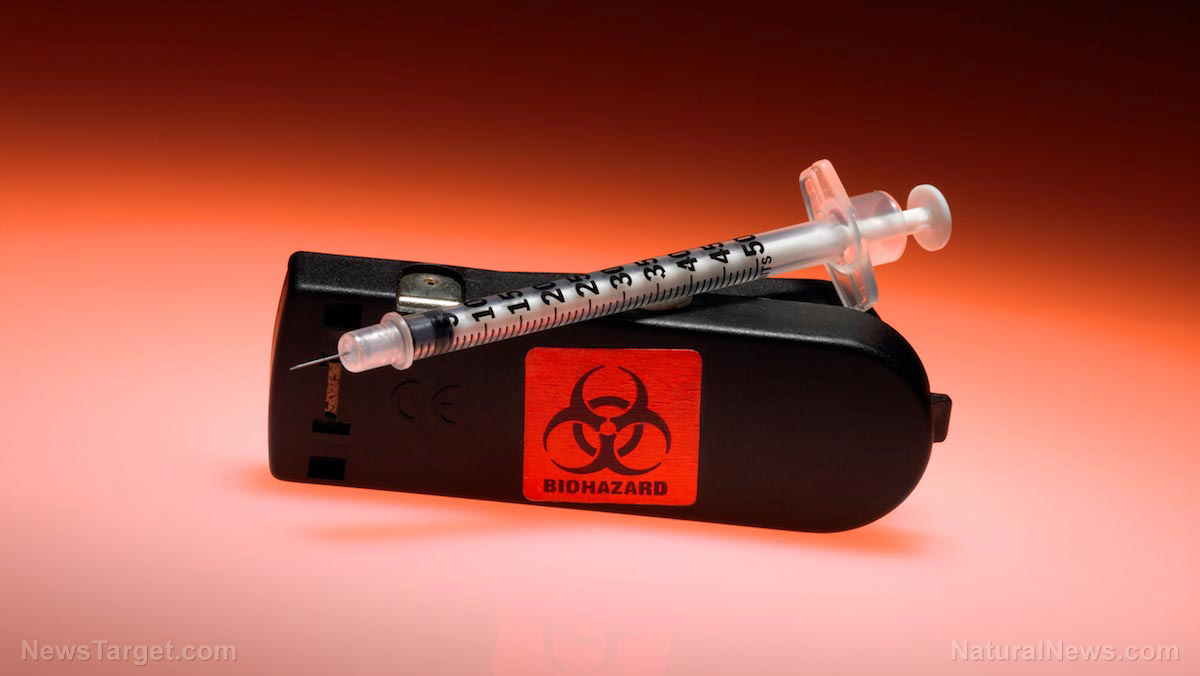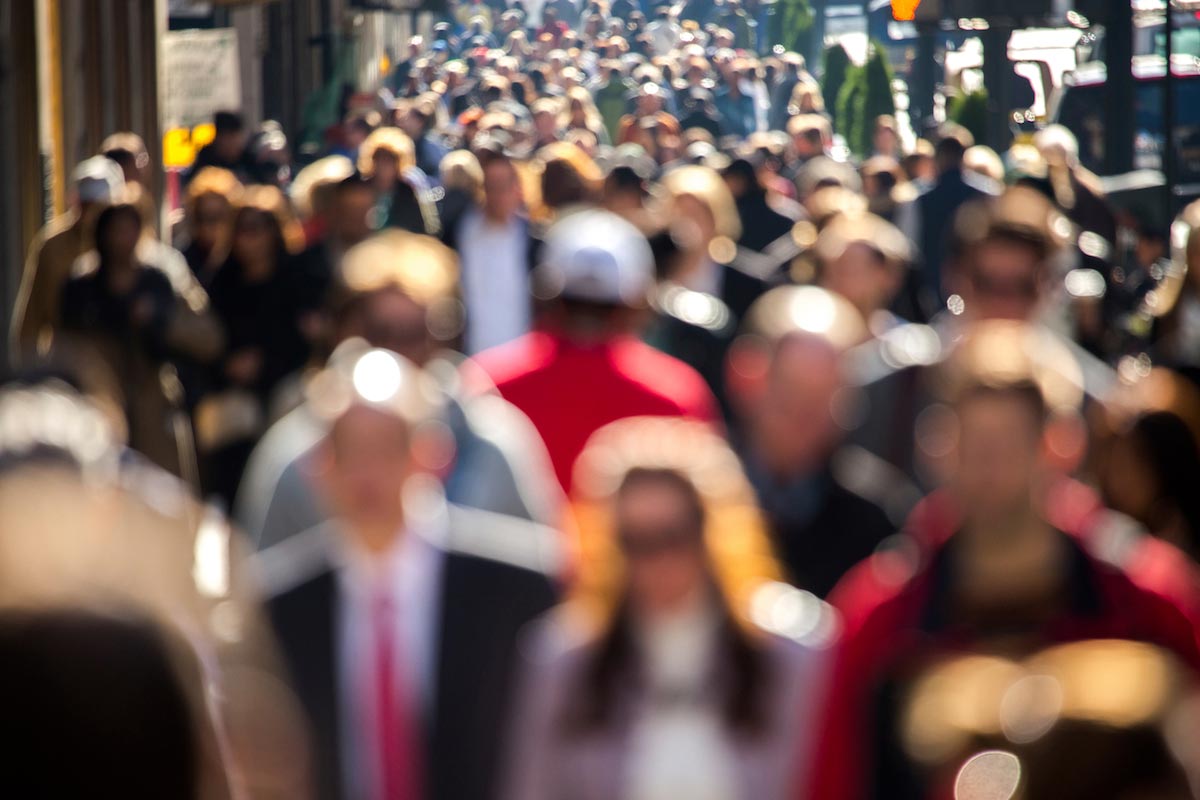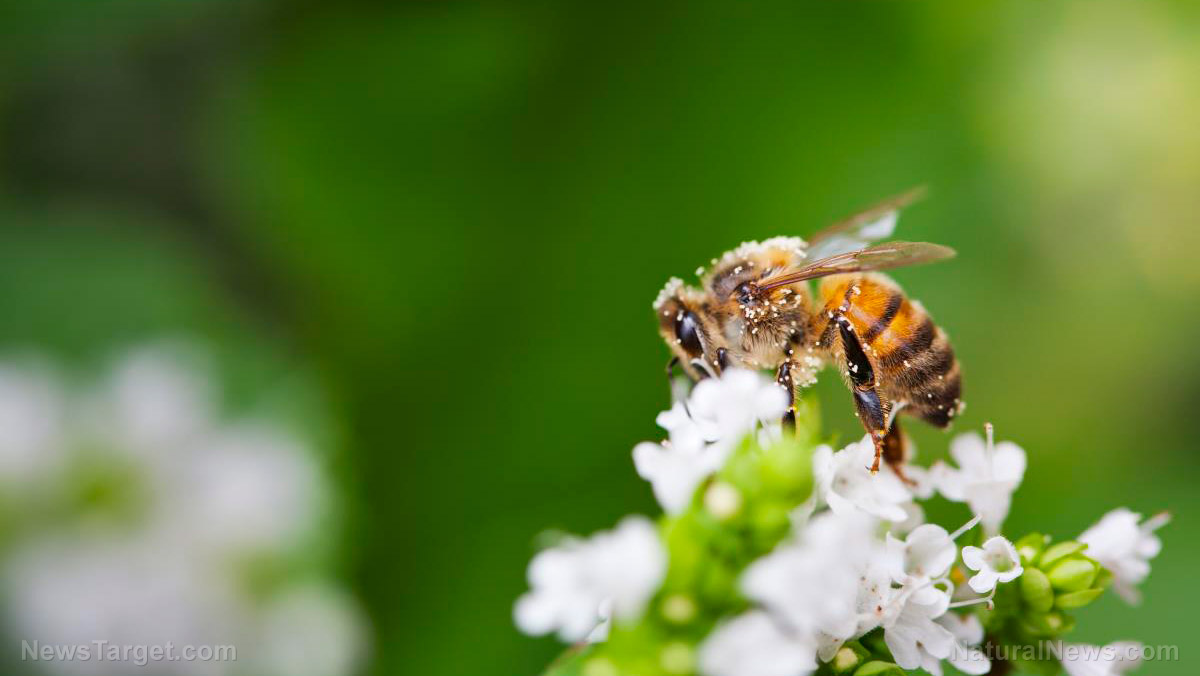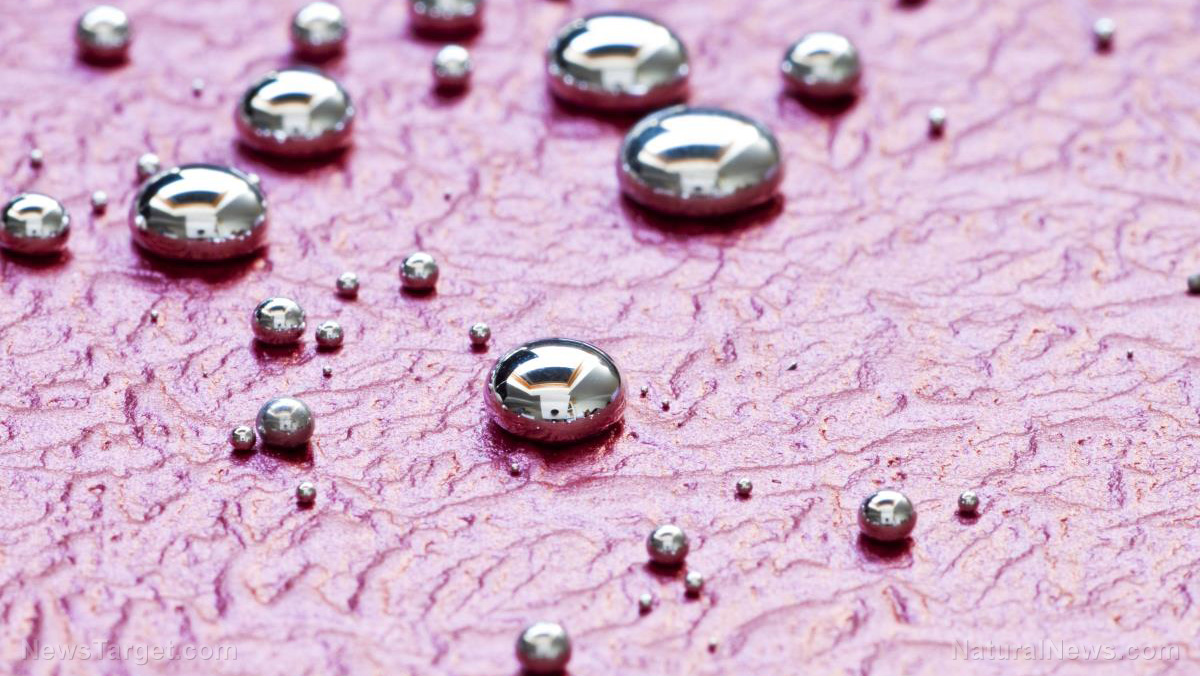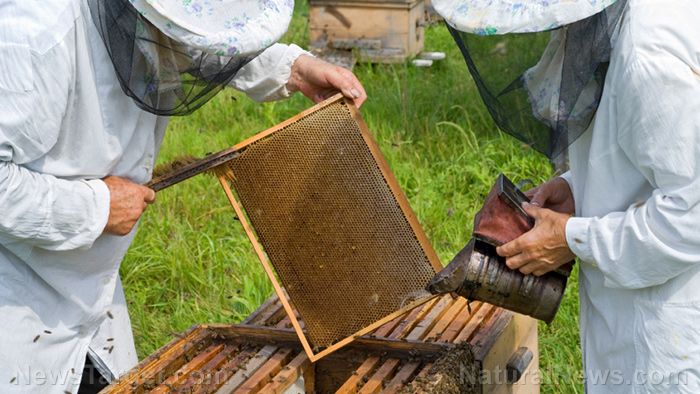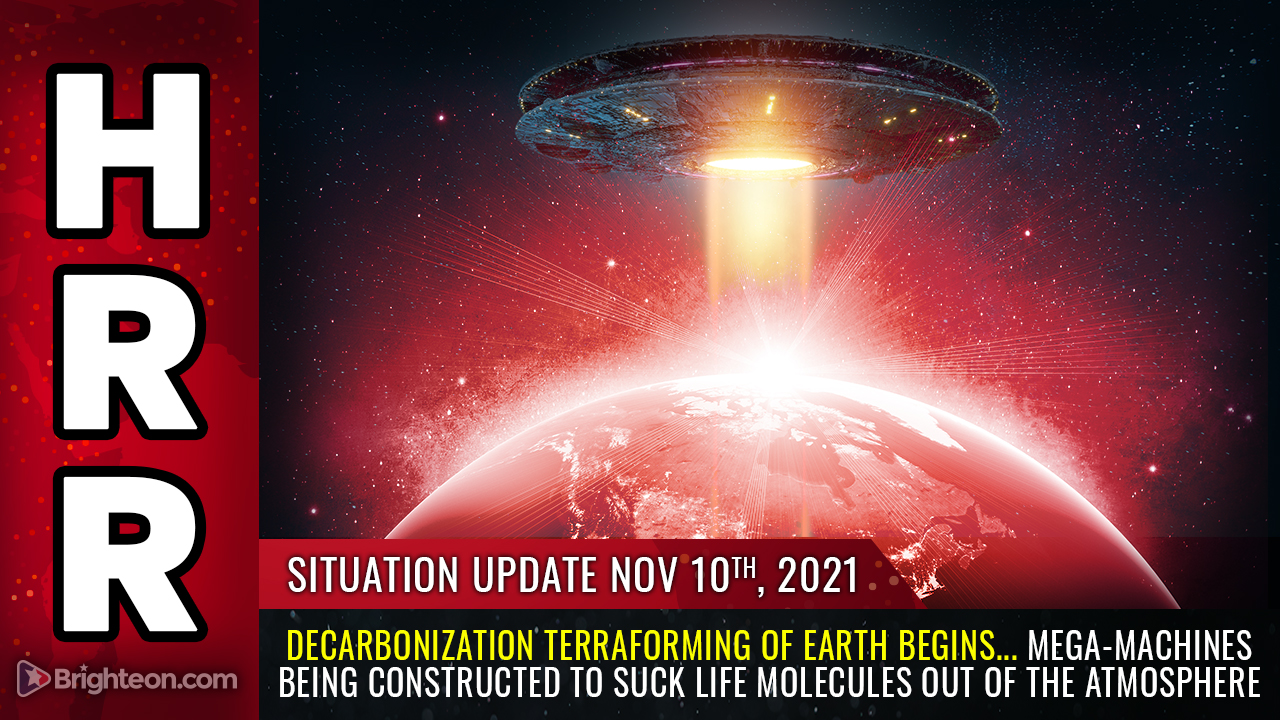5 Easy ways to reduce ocean pollution
11/17/2019 / By Grace Olson

The ocean has become a plastic soup. In 2010, scientists estimated that eight million tons of plastic are dumped into the ocean every year, and the numbers only increase each year. This is a problem for marine animals and humans alike.
To prevent this problem from getting bigger, people have to start implementing (and following) measures and habits that consider ocean health. Some people may think that the situation is still acceptable since the ocean can be cleaned at any time. However, that is not the case. Here’s why:
The problem with plastic
Plastic does not decay; it can only pile up. Moreover, it can divide into exceedingly small particles called microplastics. Plastic’s inability to decay and the ability to fragment has serious implications for all life on Earth.
1. There is no feasible way to get microplastics out of the ocean.
Plastics can end up anywhere in the ocean. They can be floating on the ocean’s surface, building a plastic island. They can be at the ocean floor, embedded in the sands and coral reefs. They can even end up inside animals. People can try to collect all the plastics floating in the ocean, but there is no way to remove the plastics already ingested by wildlife.
2. The smaller the particles are, the more likely marine animals can swallow them.
A factor that contributes to plastic consumption is how they can divide into smaller pieces. Afterward, microplastics can further break down and become nanoplastics. When animals swallow these, they can be lodged in their systems throughout their life. The same goes for humans when they consume seafood. Researchers have already found microplastics in the human body. Scientists are still examining their potential toxicity and how they may affect a person’s overall health. (Related: Ocean pollution threatens food supply: British mussels found to be full of microplastics.)
Reducing ocean pollution
It becomes increasingly clear that the presence of plastics in the ocean benefits no one. Dumping them into the ocean takes them out of sight for a while – only to end up in a platter of seafood in a restaurant.
Since it is not feasible to completely extract them from the ocean, the key is prevention. By reducing the amount of plastic and other wastes in the ocean, every person can help reduce ocean pollution. Implement these five habits below:
1. Consider alternatives in packaging.
When buying food in the supermarket or any other store, check the packaging first. If it is in plastic, ask the store clerk or salesperson if they have other packaging available. For example, instead of buying a carton milk, choose milk in a glass bottle instead. Some plastics that can decay have also been invented. Look for those kinds of food packaging.
2. Choose reusable containers.
Despite some efforts to recycle plastic bottles, most of them are still sent to landfills or end up in the ocean. Choosing foods with reusable containers, like ice cream tubs or fruits pickling in a jar, can help reduce the number of plastic bottles thrown away. Moreover, the containers can be used for the next tip.
3. Reduce single-use footprint.
A lot of items are only used once, including party utensils and food packaging. There are ways to avoid using these items and reducing single-use footprint. One primary example is buying a refillable water bottle. Another one is packing your lunch in a reusable container to avoid buying takeout.
4. Develop a system for recycling.
Implement recycling procedures in the house. For example, separating the trash into biodegradable, non-biodegradable, and recyclable materials. This is also a great lesson for the kids. It instills both a sense of responsibility and respect for the environment.
5. Join a community.
A person can only do so much alone. Find a group that shares the same mindset and work together to spearhead activities. These can be clean-up sessions at the beach or parks. Additionally, this can help spread awareness to other members of the community.
Cleaning up the ocean is not a one-man job. Encourage others to implement these five easy ways to reduce waste and ocean pollution. It is difficult, but it will surely benefit not only this generation, but future ones as well.
Sources include:
Submit a correction >>
Tagged Under:
clean water, conservation, environ, environment, marine life, microplastics, ocean life, Oceans, plastics, recycle, reduce waste
This article may contain statements that reflect the opinion of the author
RECENT NEWS & ARTICLES
COPYRIGHT © 2018 EXTINCTION.NEWS
All content posted on this site is protected under Free Speech. Extinction.news is not responsible for content written by contributing authors. The information on this site is provided for educational and entertainment purposes only. It is not intended as a substitute for professional advice of any kind. Extinction.news assumes no responsibility for the use or misuse of this material. All trademarks, registered trademarks and service marks mentioned on this site are the property of their respective owners.


